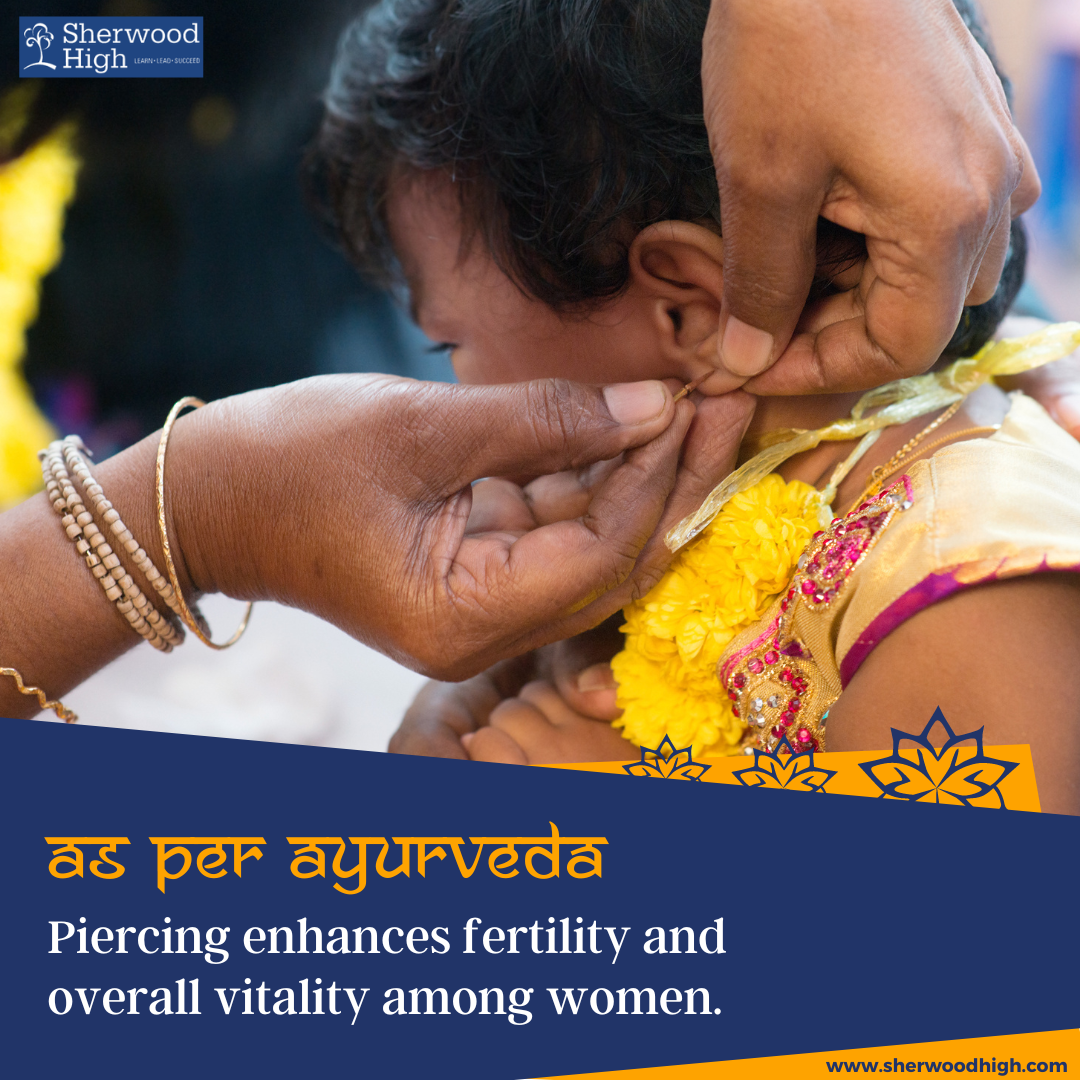
Indian traditions that are good for our body and soul
Indian traditions that are good for our body and soul
India is home to one of the world’s most ancient civilisations, hence it is also home to some of the most amazing traditions.
Here are some Indian traditions that are globally recognised for their health benefits.
Traditions represent centuries of wisdom blossomed within a culture. Accumulated and acquired through experience and insight developed over a long period, traditions are the reflection of a cultural legacy.
Being one of the oldest continuously inhabited civilisations on earth, India has a thriving culture and a great diversity of traditions.
Strategically located and having attracted large waves of migrations throughout history, India has absorbed various cultures and traditions like a great ocean.
This ability to absorb various strands of humanity and bring them out in forms unimaginable and not found anywhere else, makes India truly distinct.
Having been a great land of ancient wisdom and a confluence of deep knowledge, this land of great sages and saints has developed some really useful and healthy customs and traditions that continue to prove helpful to humanity.
Here, we enumerate a list of traditions that will help improve your health and have a positive impact over your life if practised consistently over a long period.
Eating while seated on the floor
India is among the great eastern civilisations where people traditionally ate sitting on the floor. This tradition is still practised among thousands of Indian families, particularly in the rural areas. The tradition offers a number of benefits. From improving your digestion and enhancing your metabolism to developing humility and a bond with the earth, eating while seated on the floor is truly beneficial.
Sitting on the floor also improves flexibility of the body and increases lubrication of joints. It also has a positive impact on our state of mind.
Reports also suggest that eating on the floor along with the family improves the bond among members of the family, bringing people closer to each other.
Eating with hands

Rural India is the last frontier of Indian traditions where many important Indian values and customs continue to thrive, while in the urban space the position of traditional values and customs continues to shrink and suffer.
Indian values began giving way to Western values first through the onslaught of colonisation and then through globalisation.
As a result of colonisation and globalisation, one of the practices that almost vanished or is looked down upon in many circles is eating with hands.
One of the primary benefits of eating with hands is the immeasurable feeling of satisfaction and improved satiability. Touching the food brings better connectivity with one of the biggest bounties we are dependent upon for our survival.
Touching your food with hands, helps create a physical and spiritual connection with it. It helps you be more present in the moment and become a mindful eater.
According to health experts, a mindful eater is likely to be overweight or diabetic.
Using hands brings together all of nature’s elements and brings awareness to the texture, taste, aromas, and temperature of the food.
When we touch our food, the brain signals our stomach to become ready to eat and the stomach prepares itself for the food, thus improving digestion.
Eating with hands also adds good bacteria to our gut. We need certain good bacteria called for our good health. These bacteria are found on our skin and eating with hands helps them travel to different parts of our body and perform their duty of maintaining our good health.
Drinking water from copper utensils

Copper utensils have been used in the Indian civilisation, particularly for storing and drinking water, since ancient times. Its benefits are widely acknowledged and scientifically proven.
Copper is essential in maintaining balance in our body and in regulating many of your bodily properties. It is also key in the production of the natural brown pigment, melanin, which is essential for the health of our skin, hair and eyes.
Apart from this, copper is highly anti-bacterial. It has the ability to kill bacteria quickly when it comes in contact with it.
Hence, use of copper utensils can help maintain balance of certain properties as well as help reduce the possibilities of bacterial infection. It also plays an important role in the overall improvement of health.
Using squat toilet
Squat toilet is a true Indian tradition and continues to be in many households. Millions of Indians across rural and urban India continue to use squatting toilets and swear by its benefits.
Though it may seem inconvenient to most urban Indians, squatting posture is the best way to clear the bowels and is usually advised by doctors to ease constipation.
Studies show that when people shift postures while squatting, stools pass more quickly and smoothly. When squatting, people also strain less and empty their bowels more completely compared to the sitting posture of the Western toilets. Studies also show that by making it easier to pass motion, squatting is more likely to prevent haemorrhoids, which are often a result of straining.
Ear and nose piercing

Piercing of nose and ear by women is an ancient practice that is still very common in rural and semi urban parts of India. However, in the cities piercing of nose is fast becoming non existent, though globally it has been picked by other cultures as a fashion trend.
Apart from being a fashion statement and a way of adornment, nose and ear piercing apparently is highly beneficial to health.
Having its roots in the Ayurveda, piercing is performed as a ritual in many regions of India.
Piercing supposedly benefits intestine health and acts like acupuncture, which is an ancient Chinese technique to combat various diseases and pain.
According to Ayurveda, it also enhances reproductivity and overall vitality among women.
Barefoot walking
Barefoot walking used to be a common practice in India, especially by farmers and manual labourers. Many farmers continue to walk and work barefoot in their fields and doing it over the years helps them strengthen their feet and certain muscles.
Walking barefoot is particularly recommended when walking on grass lawns and sandy beaches.
The direct benefit of barefoot walking is that it helps us restore our natural walking pattern, also known as our gait.
Walking barefoot helps us use certain muscle groups that not only strengthen our feet and legs but can actually strengthen our body.
It gives us better control of your foot position when it strikes the ground. It improves our balance and body awareness.
Barefoot walking also improves foot mechanics, which leads to improved mechanics of hips, knees and the core.
It also strengthens our leg muscles, which supports the lower back region.
Apart from these, there are many more traditional practices that have tremendous benefits to our overall wellbeing. Some of these practices may seem trivial, but if you research about them you will be amazed by the benefits they offer. Let’s bring back some of these traditions and live a healthier and more spiritually aware life.






